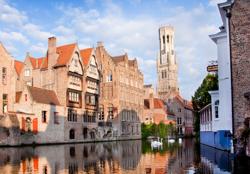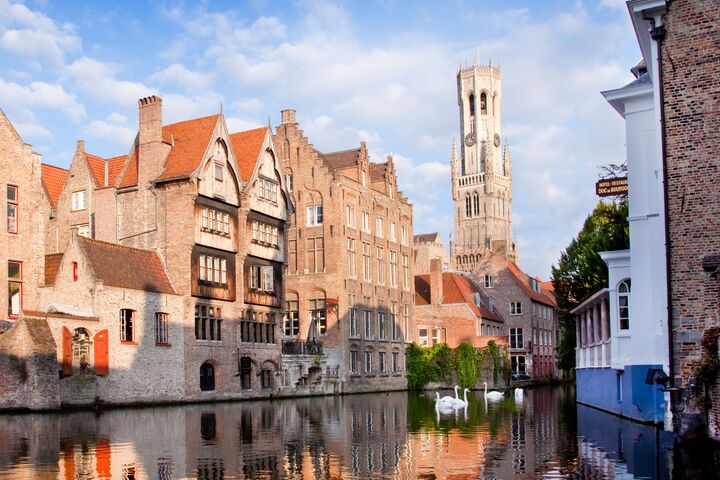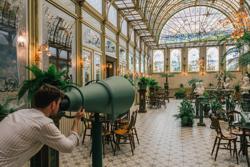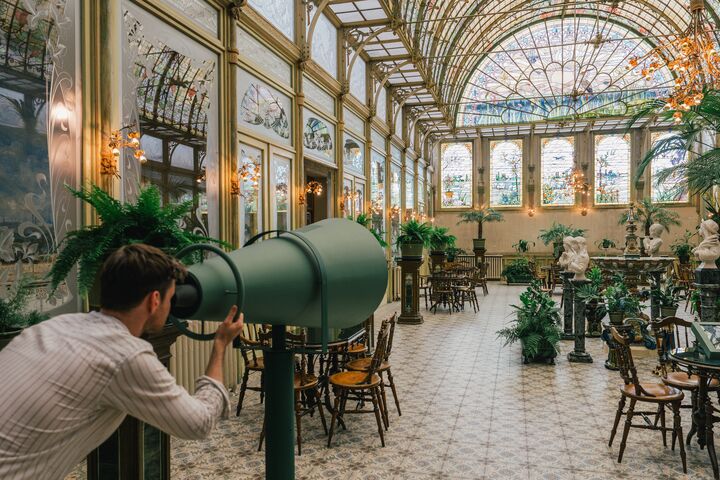©Antwerpen Toerisme en Congres
©uneportesurdeuxcontinents
Flanders’ 26 beautiful beguinages have not lost an iota of charm through the centuries. They’re a dream destination if you're looking for some peace and quiet, perhaps with a fresh cup of coffee.




